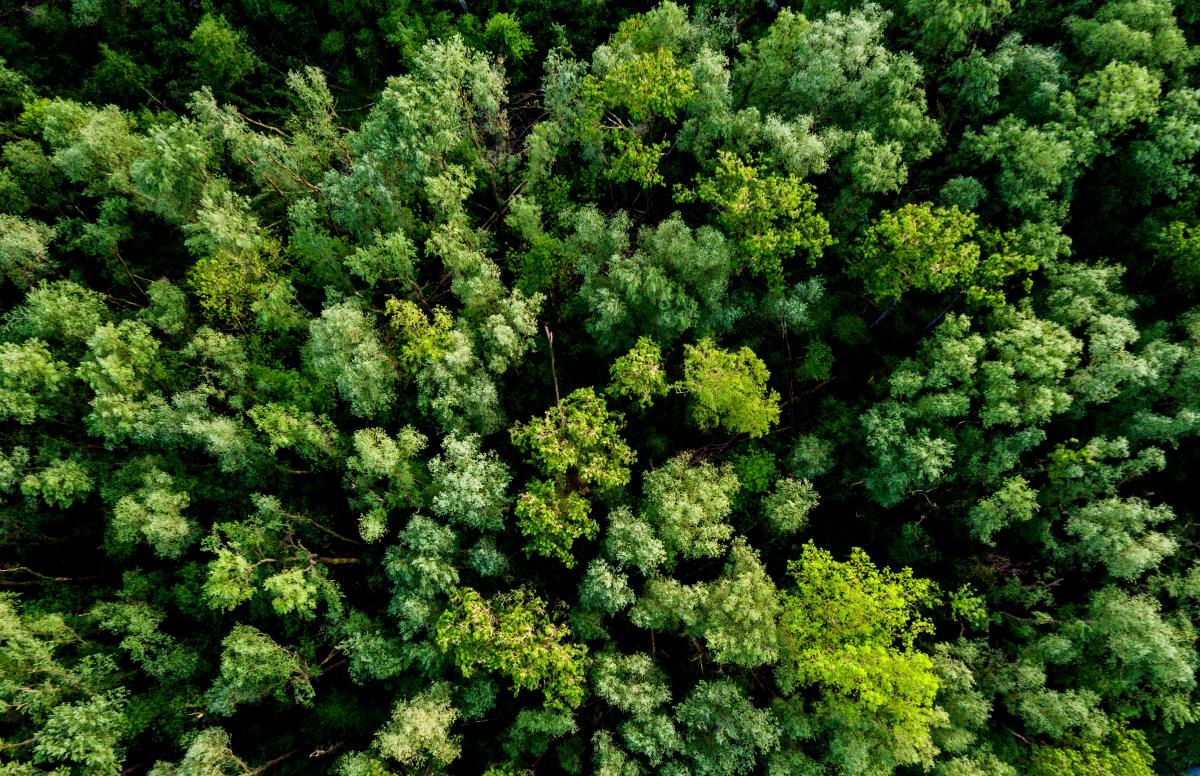This story was originally published by Undark and is reproduced here as part of the Climate Desk collaboration.
Bob Marra navigated his way to the back of a dusty barn in Hamden, Connecticut, belonging to the state’s Agricultural Experiment Station. There, past piles of empty beehives, on a wall of metal shelves, were stacks of wooden disks — all that remains of 39 trees taken down in 2014 from Great Mountain Forest in the northwest corner of the state.
These cross-sections of tree trunks, known as stem disks — or more informally as cookies — are telling a potentially worrisome tale about the ability of forests to be critical hedges against accelerating climate change. As anyone following the fires burning in the Amazon rainforest knows by now, trees play an important role in helping to offset global warming by storing carbon from atmospheric carbon dioxide — a major contributor to rising temperatures — in their wood, leaves, and roots. The worldwide level of CO2 is currently averaging more than 400 parts per million — the highest amount by far in the last 800,000 years.
But Marra, a forest pathologist at the Experiment Station with a PhD in plant pathology ... Read more
